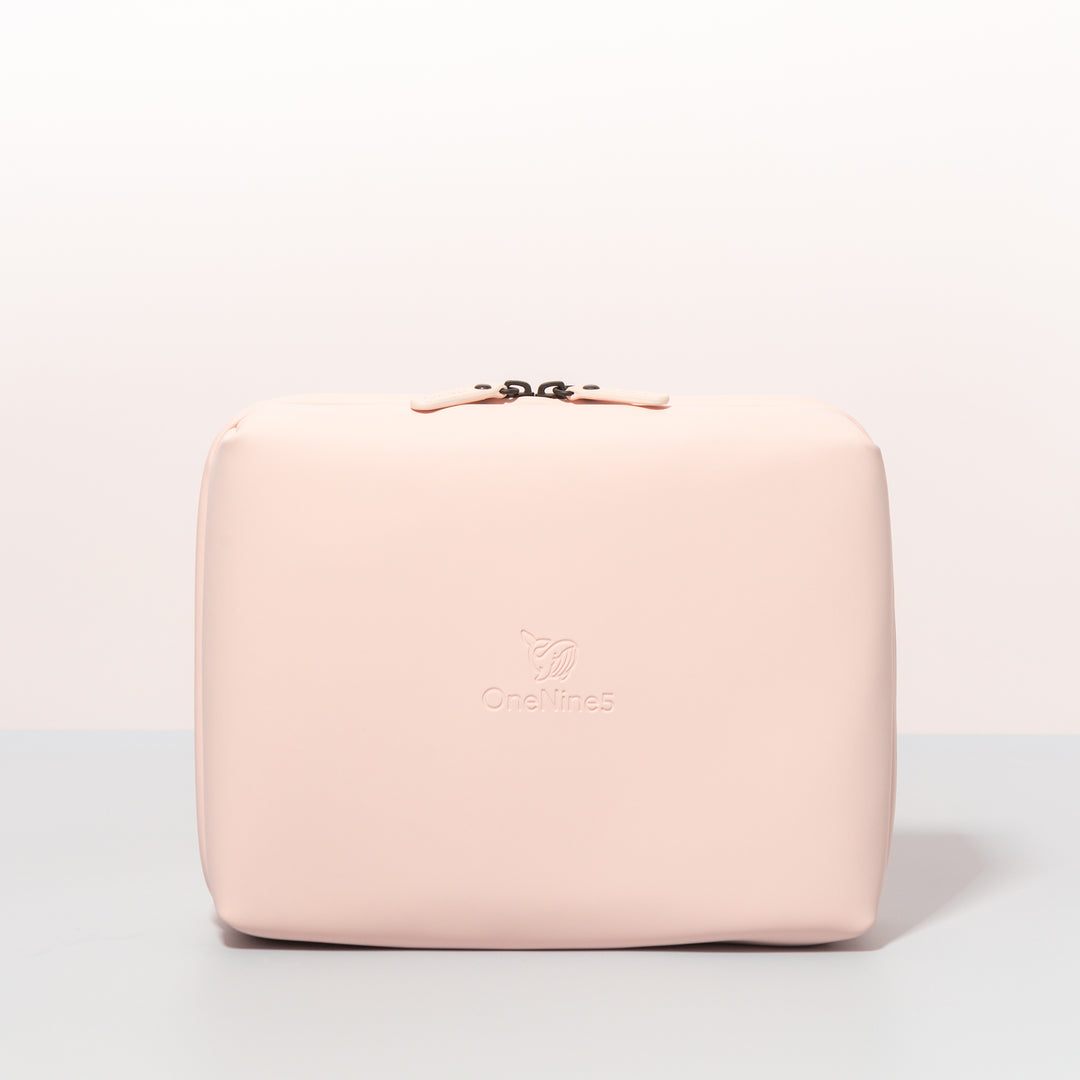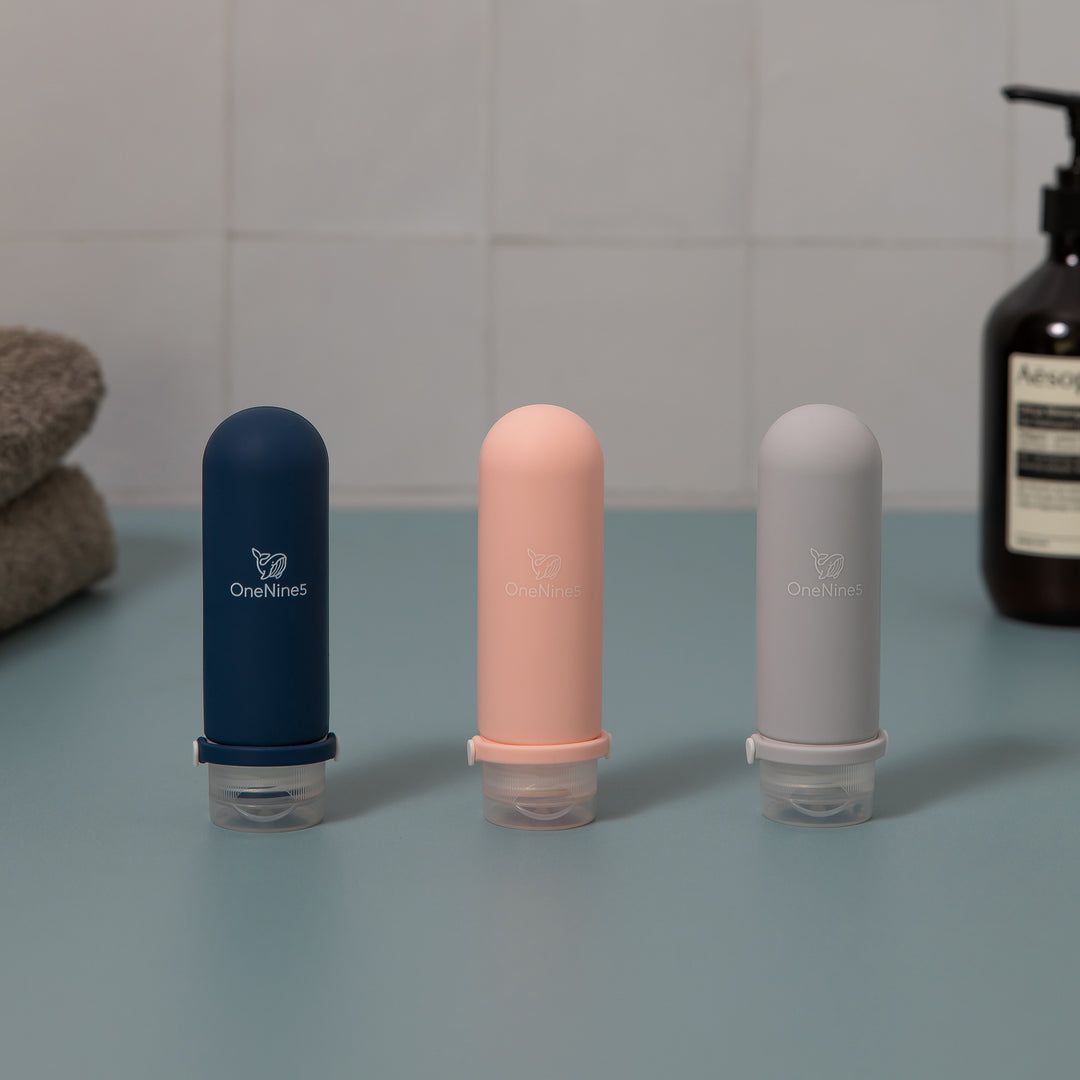It's #GivingTuesday, for today only, we'll be donating 10% of all sales to support the amazing charity, Project Seagrass. Shop our festive offers here.
What is Giving Tuesday?
Following the Black Friday Weekend, Giving Tuesday is a day that encourages us to giveback and do good. What started out as a small movement in 2012 has grown into a global movement to inspire millions, whether that's giving your time or a donation
Why We Are Donating to Project Seagrass?
It’s estimated globally that we lose an area of seagrass around the same size as two football pitches every, single, hour - let that sink in.
Seagrass meadows, mangroves and coastal wetlands are a vital part of the biodiversity and underwater ecosystem, yet these important organisms are rarely talked about in your typical ‘save the ocean’ coverage.
Here at OneNine5, we’re passionate about all aspects of big blue seas and oceans, including these grassy underwater meadows.
Project Seagrass are a global organisation, devoted to the conservation of seagrass ecosystems through research, community and action. That’s why today, on Giving Tuesday we’re donating 10% of our revenue to the team and their efforts.
The more we learned about seagrass the more fascinated we’ve become with its unique role underwater - did you know any of these jaw-dropping facts*?
- Seagrasses occupy 0.1% of the seafloor, yet are responsible for 11% of the organic carbon buried in the ocean. Seagrass meadows, mangroves and coastal wetlands capture carbon at a rate greater than that of tropical forests.
- Seagrass meadows form the basis of the world’s primary fishing grounds, supplying 20% of the world’s fisheries.
- Seagrass meadows support communities and livelihoods. They provide vital nutrition for close to 3 billion people, and 50% of animal protein to 400 million people in the third world.
- They provide food and habitat for 1000’s species such as shellfish, seahorses, manatees, and sea turtles. Over 30 times more animals live within seagrass compared to adjacent sandy habitats.

Seagrass is even cleaning up plastic
Seagrass meadows can even trap and collect plastic from the ocean**. When the species of seagrass, Posidonia oceanica, loses its leaves in autumn they are washed up by waves and currents and accumulate on beaches.
A study found up to 613 plastic items per kg of washed-up loose leaves! It’s really important that we continue to take part in beach clean-ups to then remove this waste from the coast entirely.
Whilst seagrass meadows, mangroves and coastal wetlands continue to wow us with their capabilities, these natural habitats haven’t gone unnoticed by our world leaders and protecting these sacred underwater spaces was a hot topic at COP27.
Now you know all about nature's underwater hero, you too can take action to support organisations like Project Seagrass, organise your own beach clean ups and making more sustainable choices each day.
Learn more about Project Seagrass.
* Source: https://www.projectseagrass.org/why-seagrass/
** Source: https://www.projectseagrass.org/guest-blog/can-seagrass-help-reduce-microplastic-pollution/












